SEE LAB - GARDEN
Follow us into the transformational journey of turning an old, tiled schoolyard into a cohabitational area for art and nature.
See Lab is aware of the climate changes our society is facing and what problems they entail; global warming and more extreme weather conditions. Climate change will cause extreme heat and drought, alternated with excessive rainfall. This will make high demands on the urban environment. Research shows metropolitan areas in comparison to neighbouring land surfaces are much warmer. Oud Scheveningen, the urban neighbourhood in which See Lab’s located is right in the middle of a 'heat island'.
Which is caused by the excessive amount of pavement and a lack of vegetation in the area. We hope to somewhat alter this state by taking out ~3000 tiles of our large paved courtyard, and replace them by healthy soil and plants. In the coming months, or even years, we will transform this tiled backyard into a lush garden where art and nature can both thrive in blissful symbiosis. A connecting place for local residents and artists with city veggies and fruit farming where sculptures by contemporary artists can be admired. See Lab aims to build this garden in collaboration with experts in in botany, ecology and hydrology.
More info: See Lab - Garden instagram
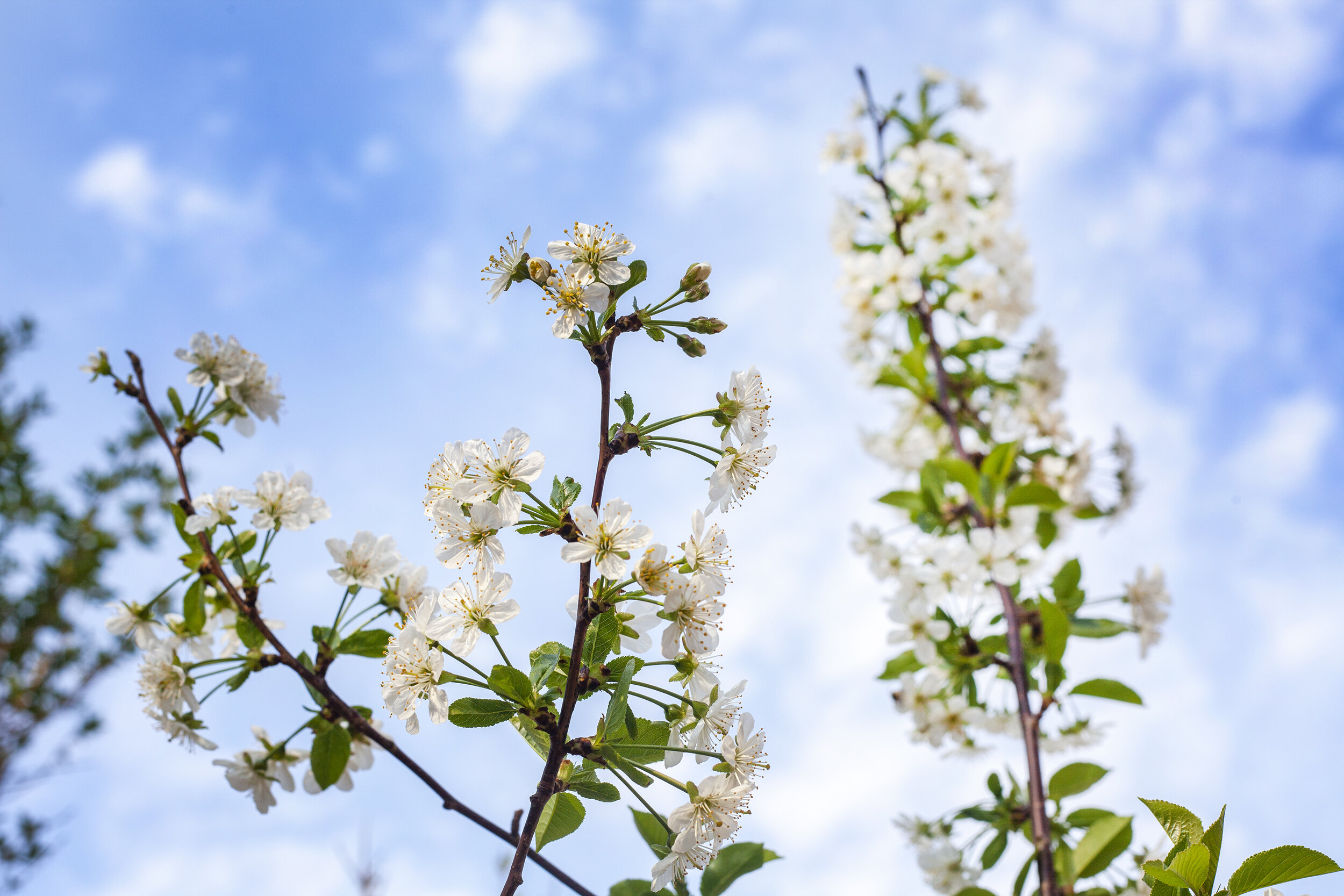







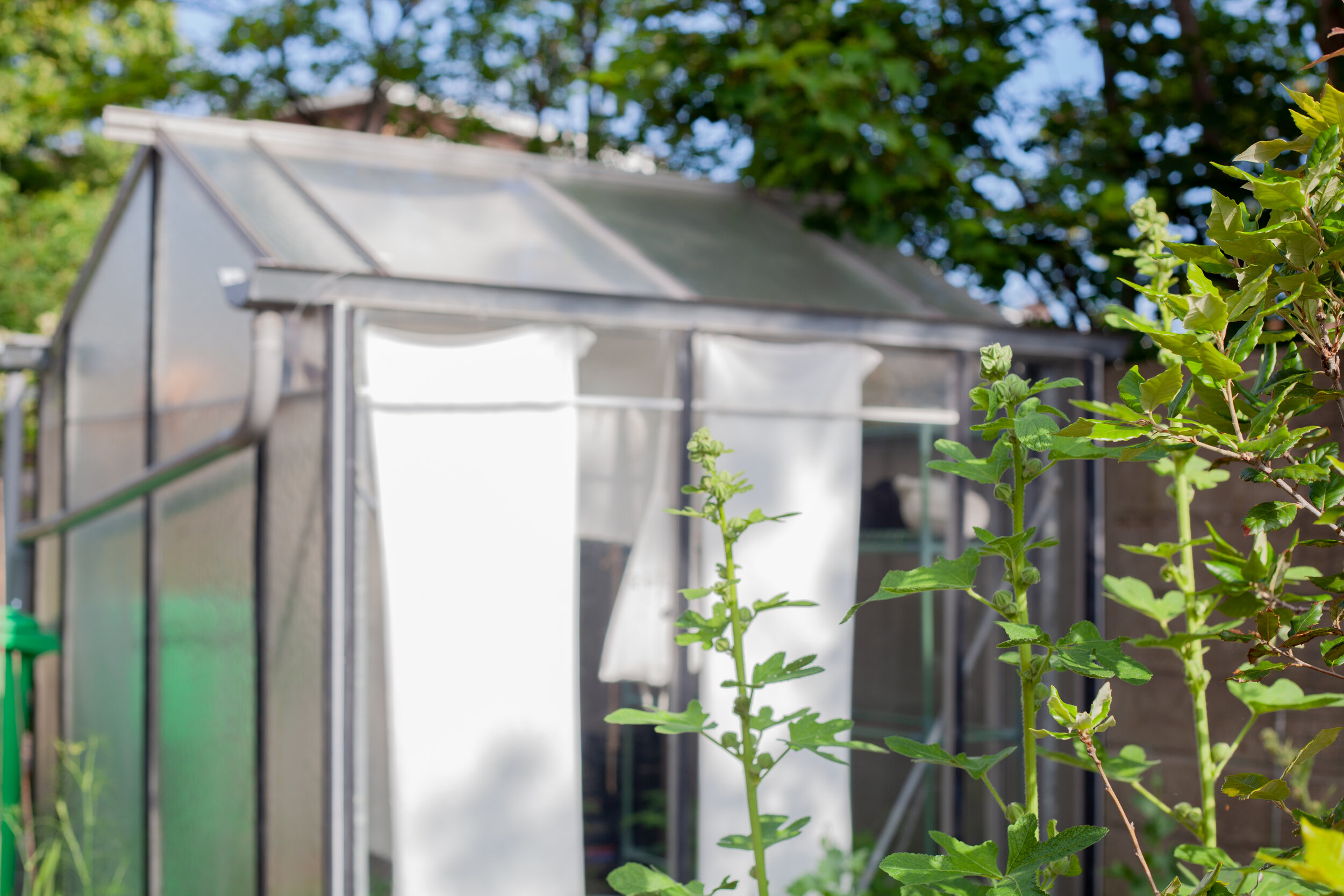
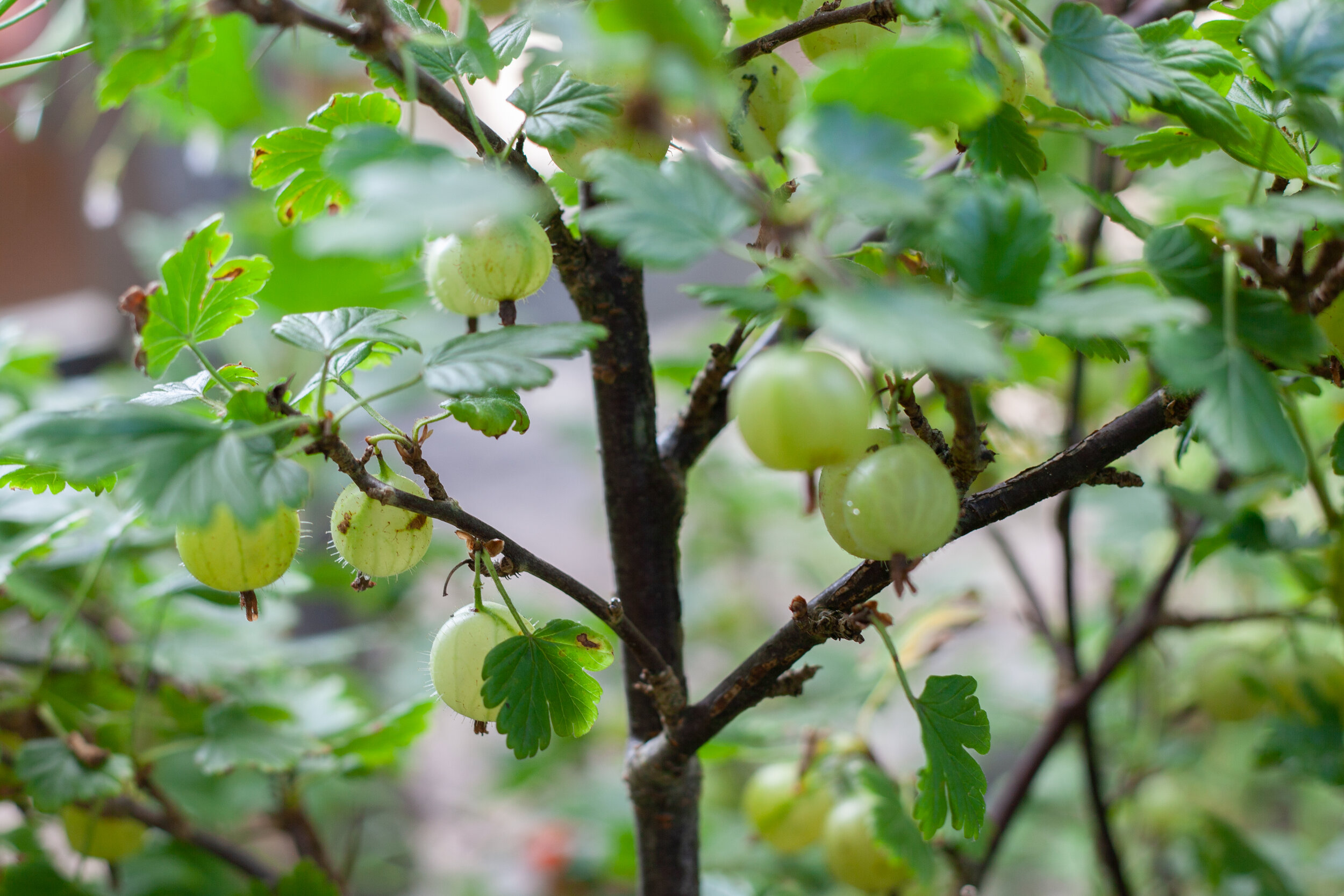


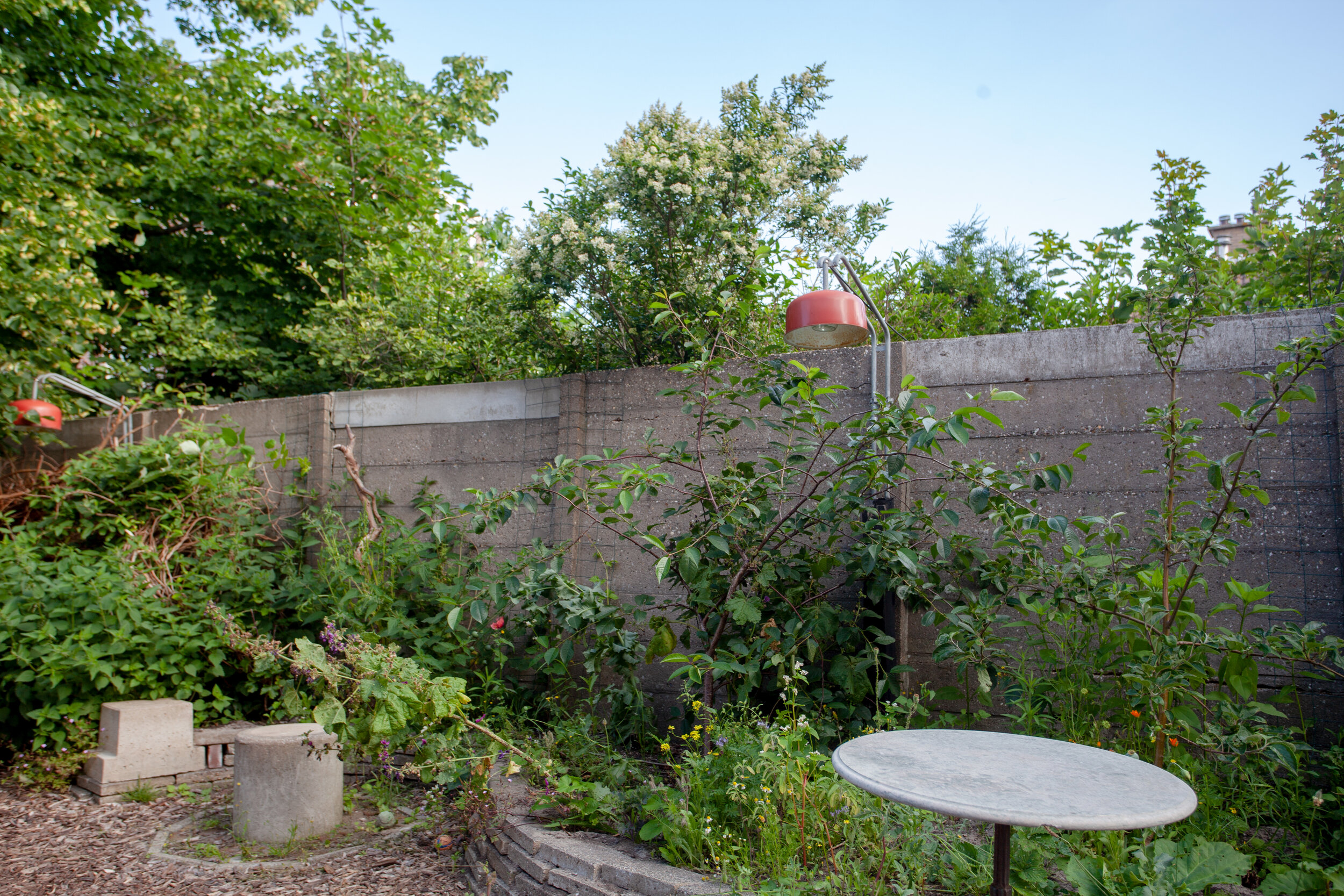
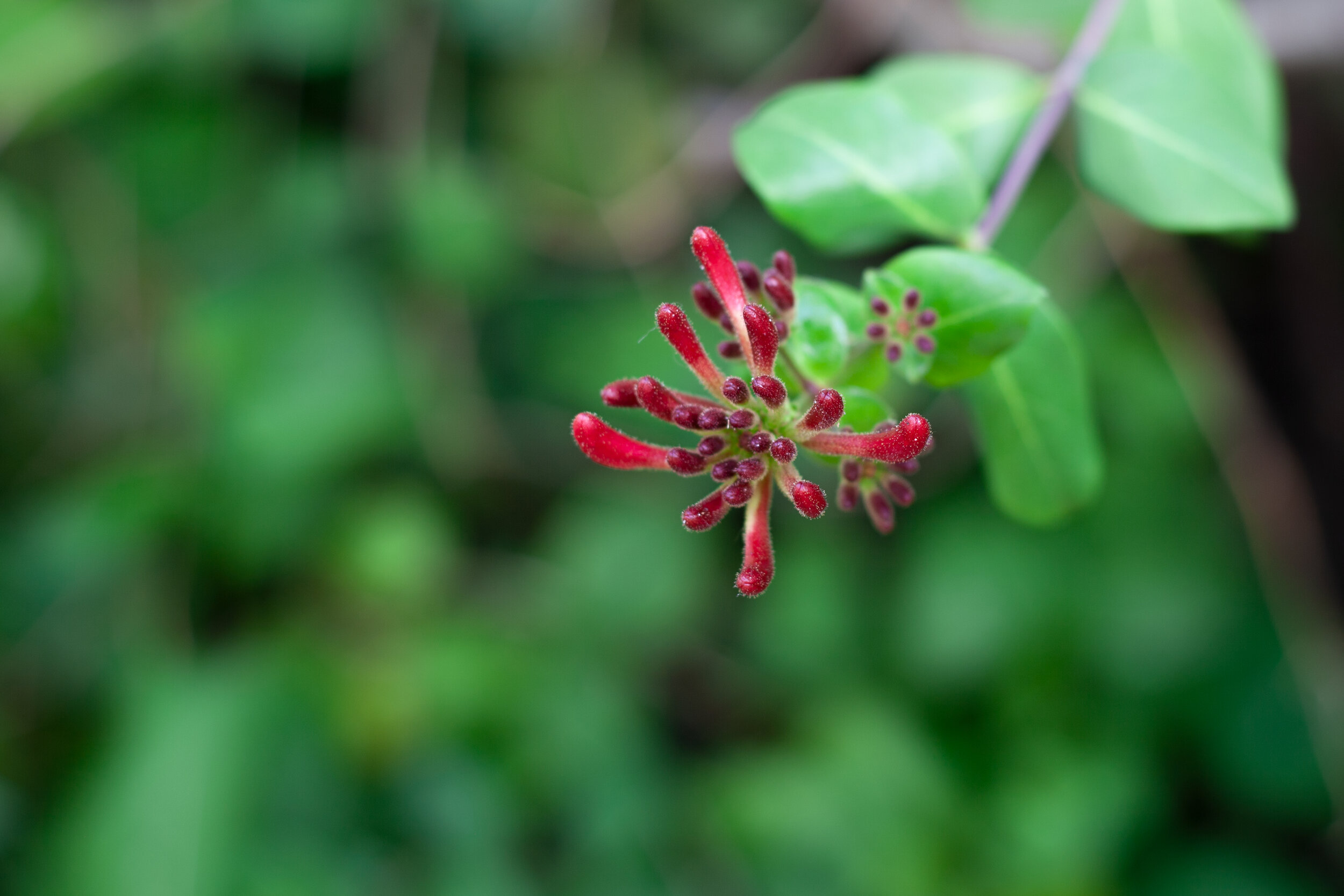
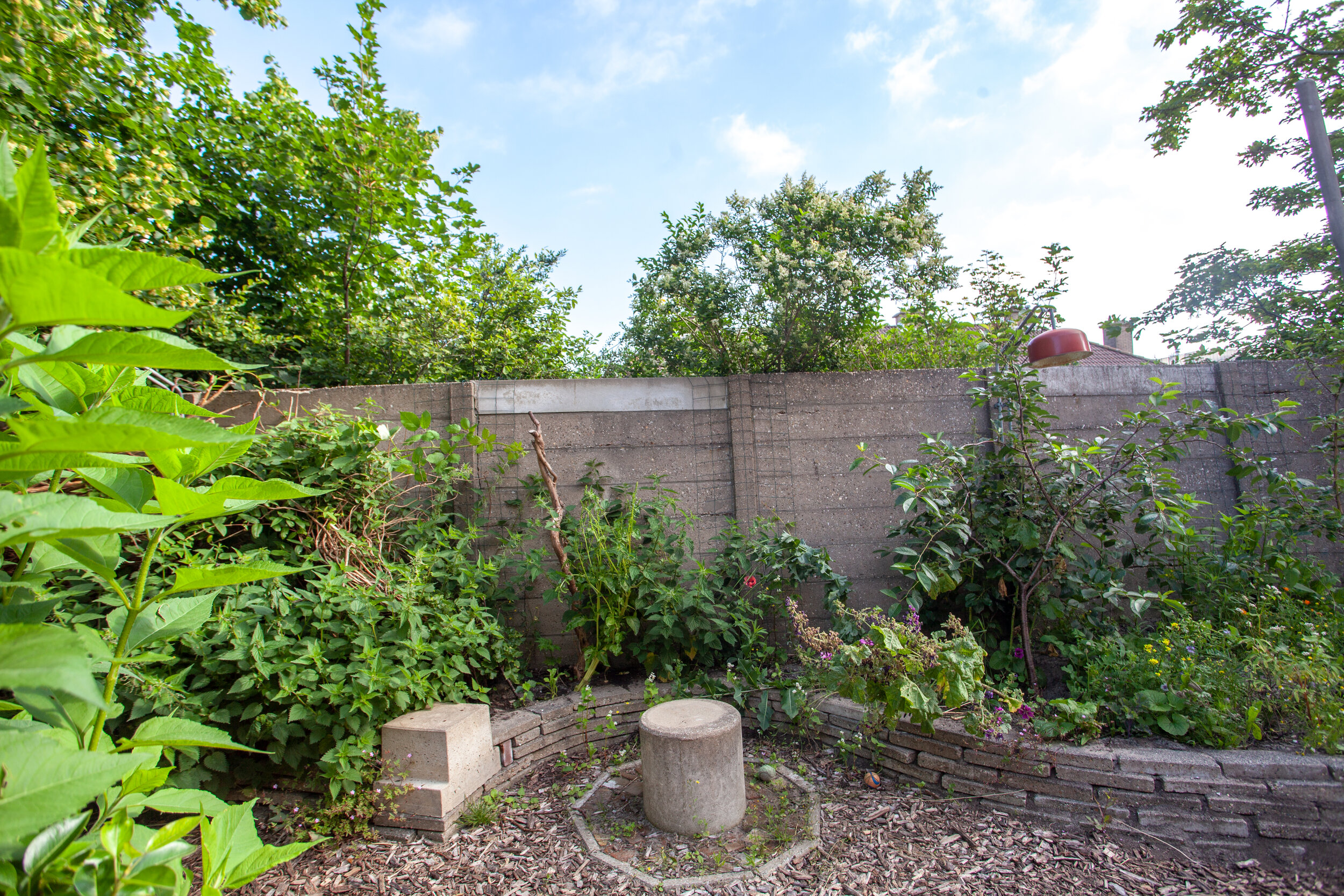

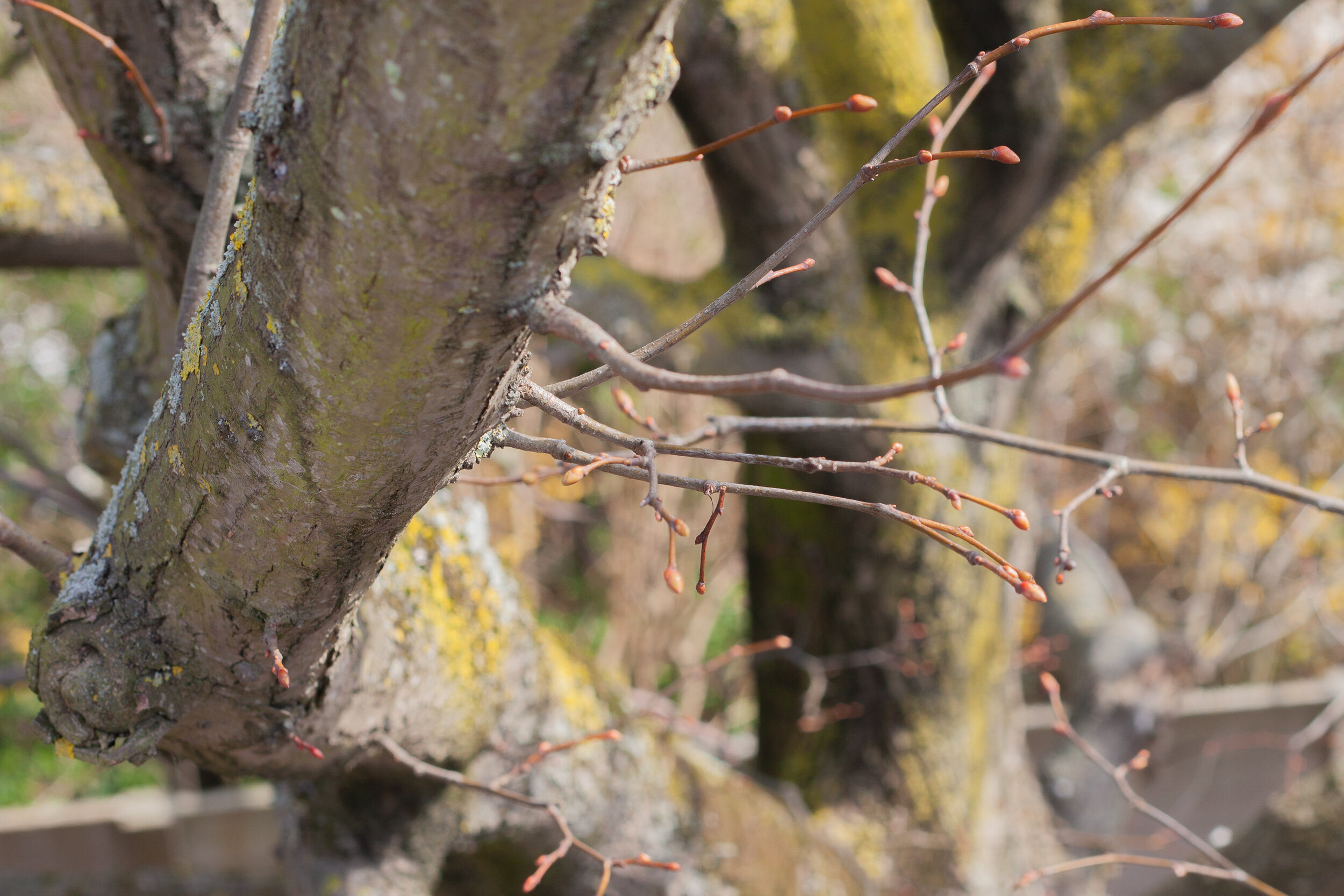


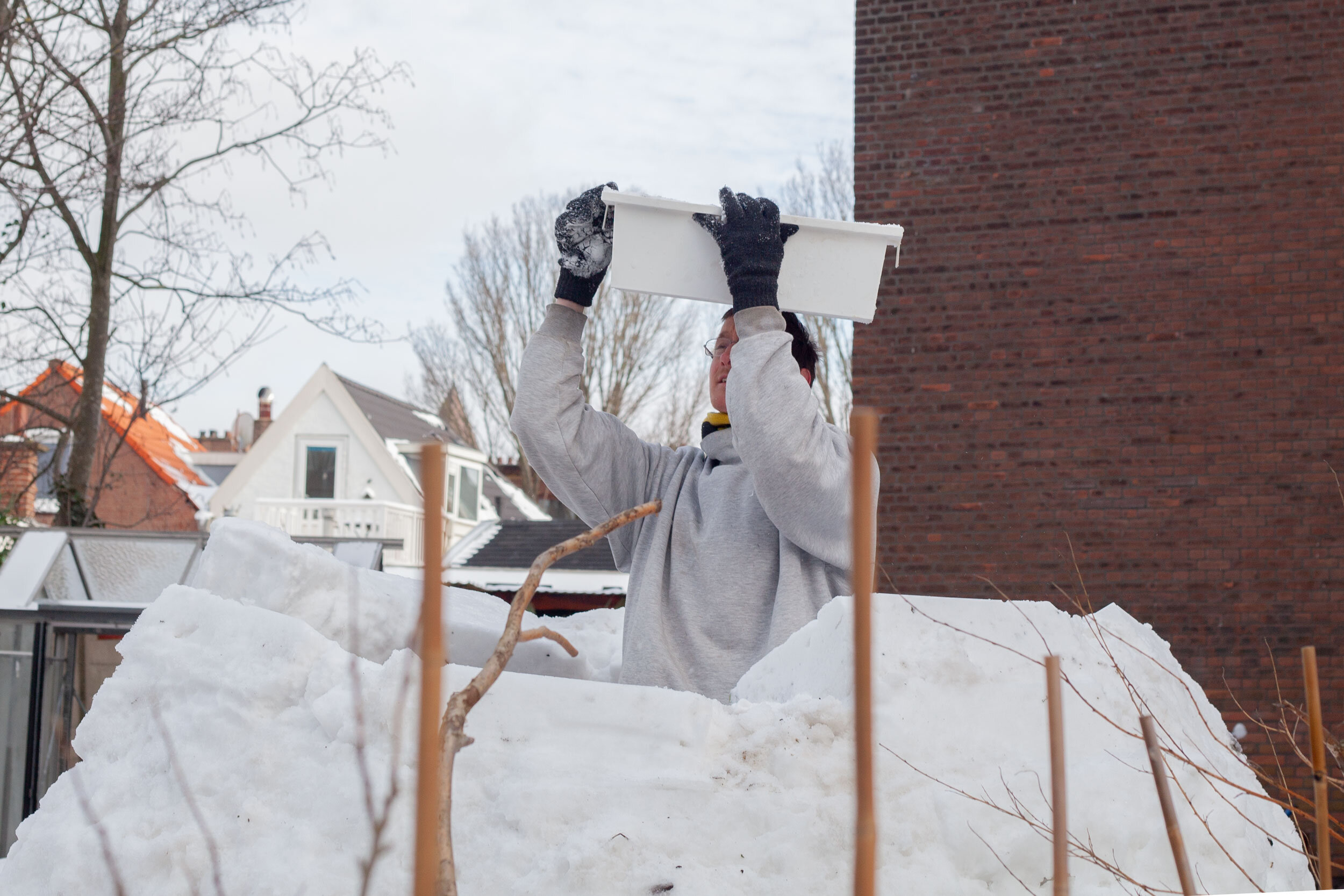
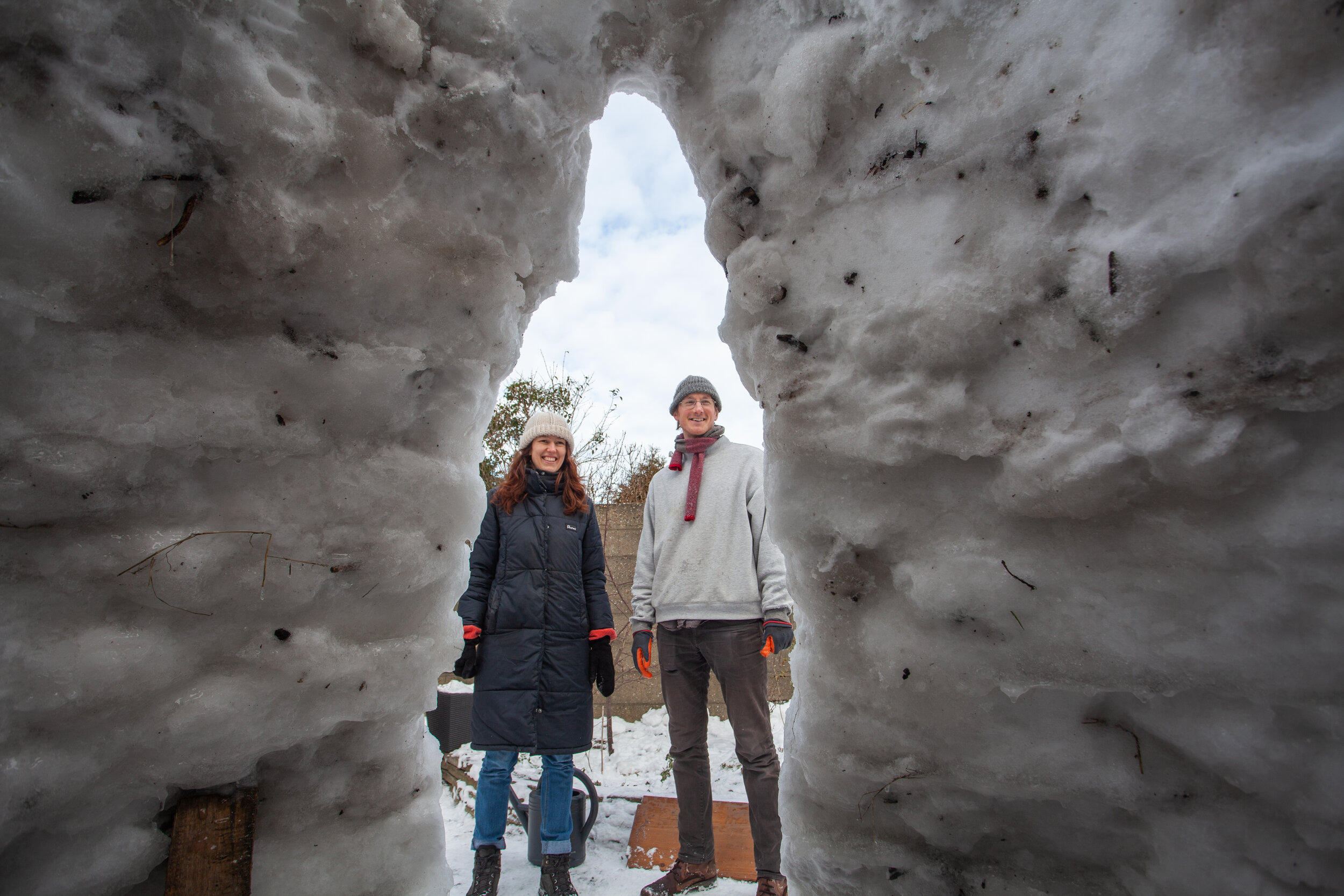

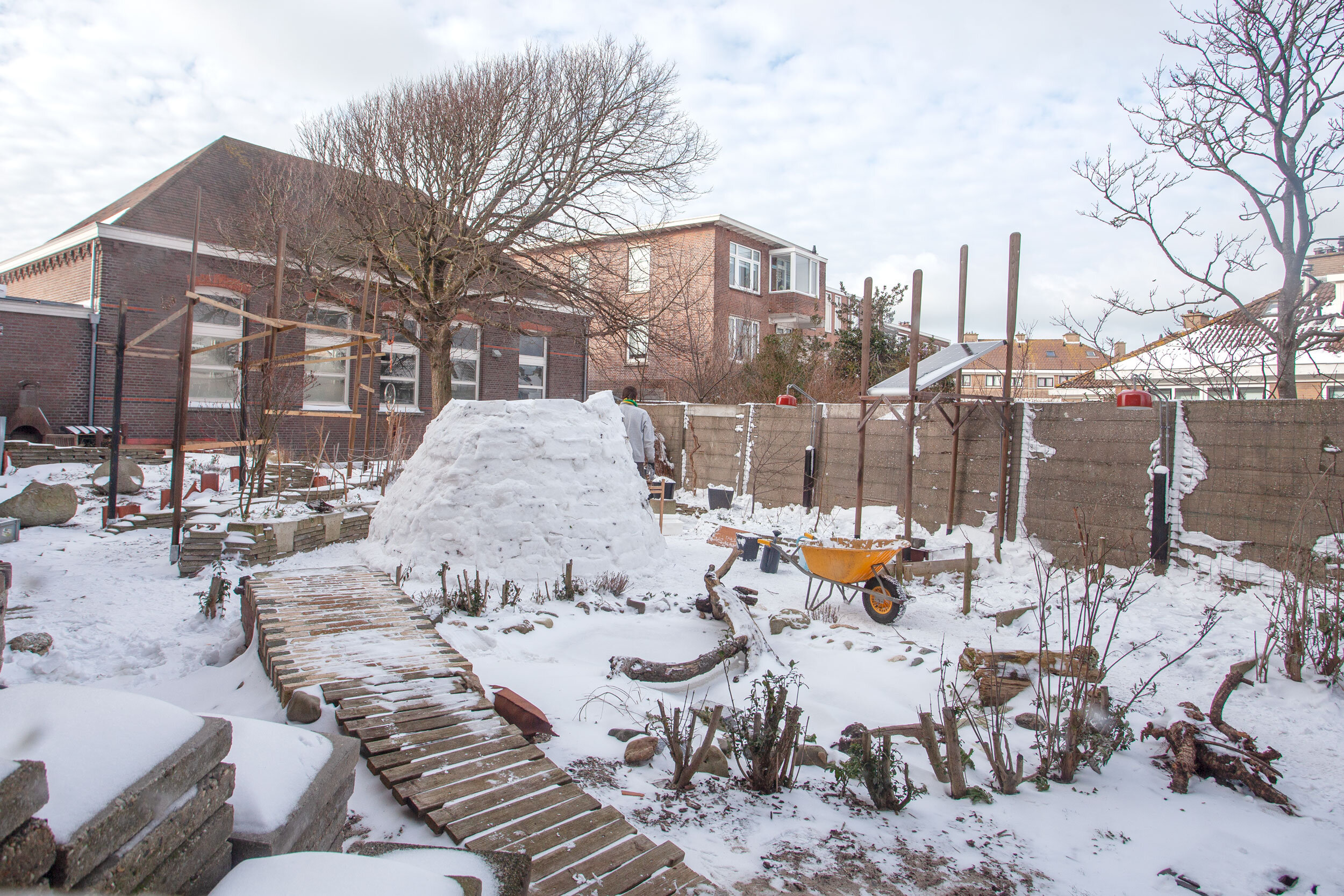

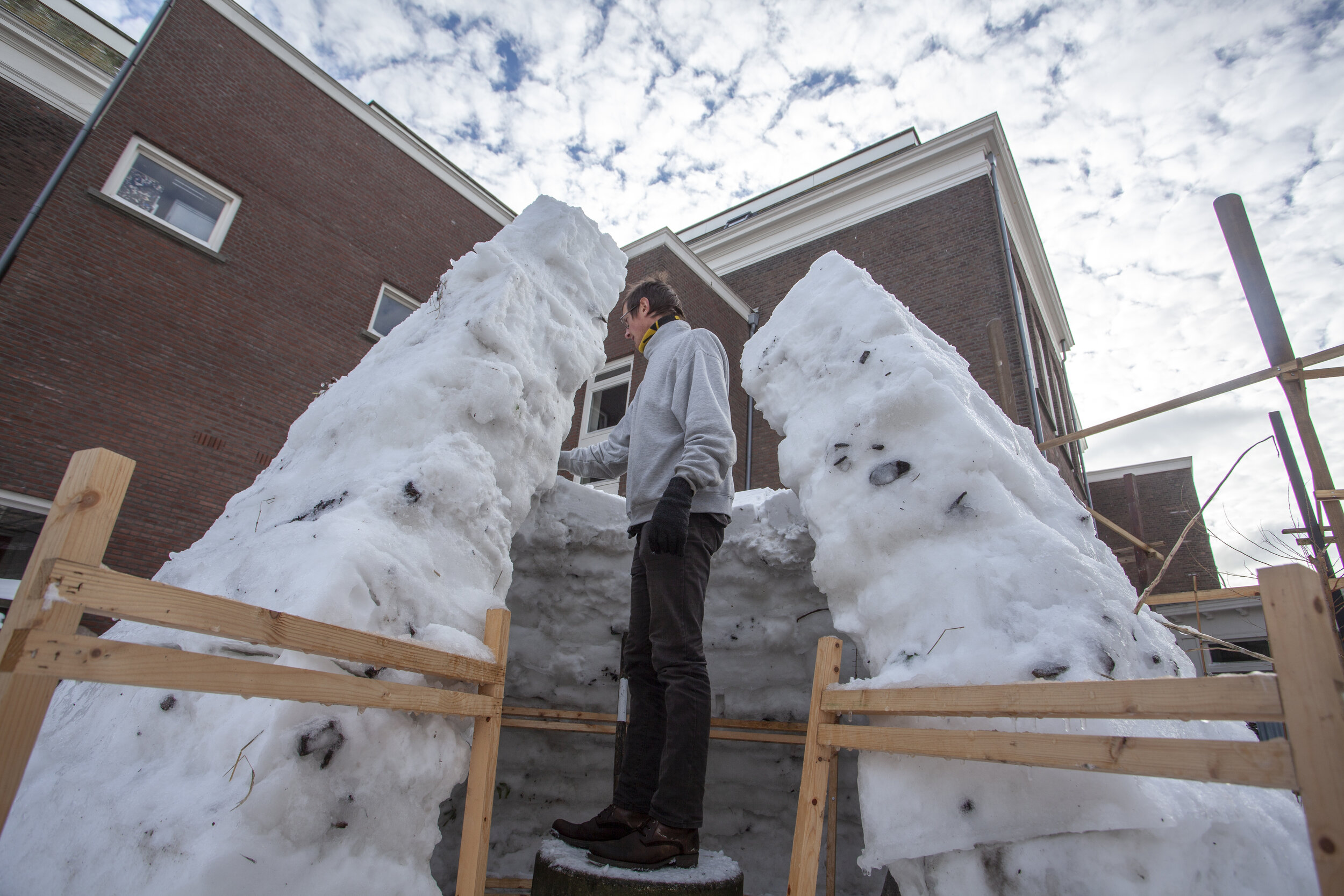



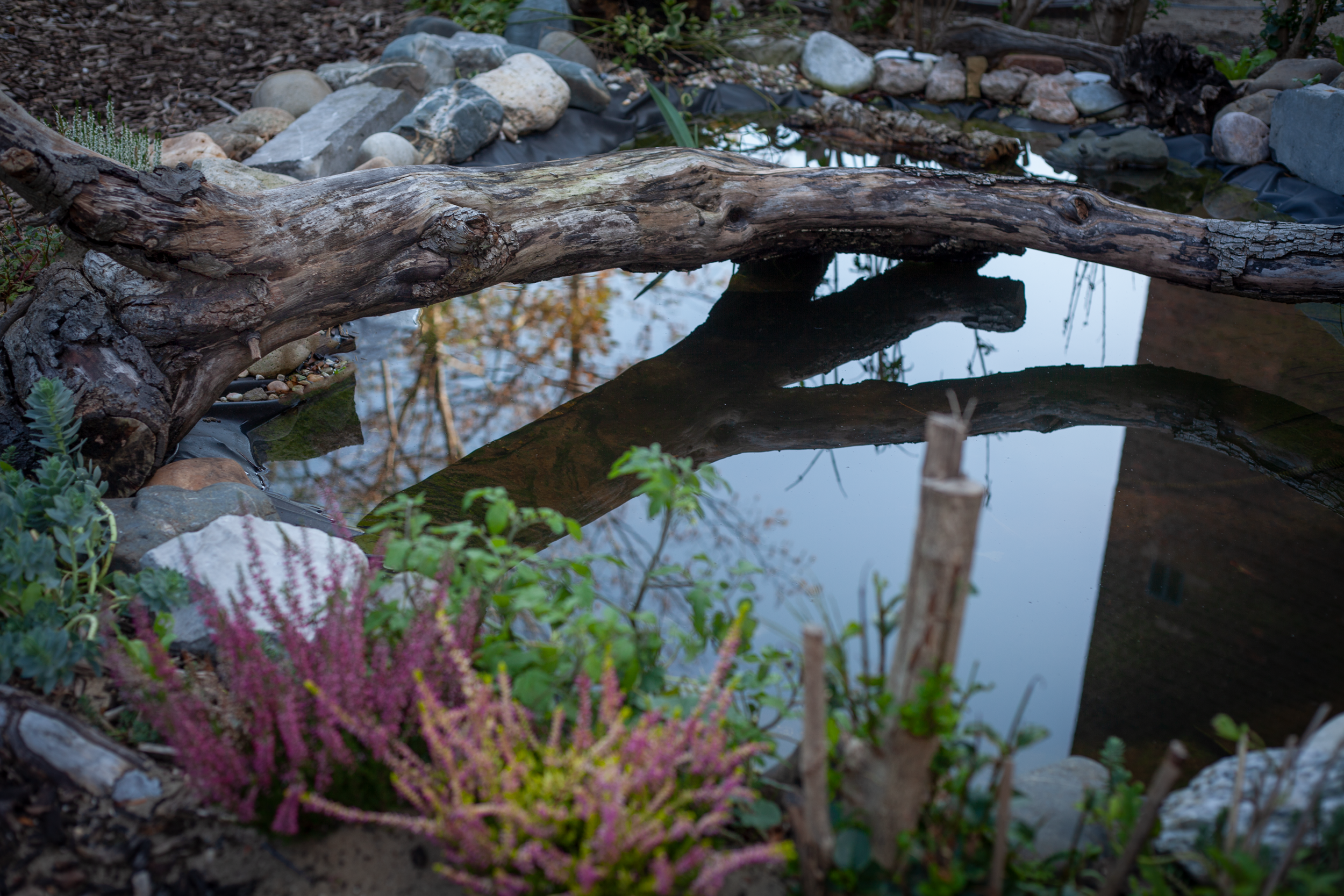
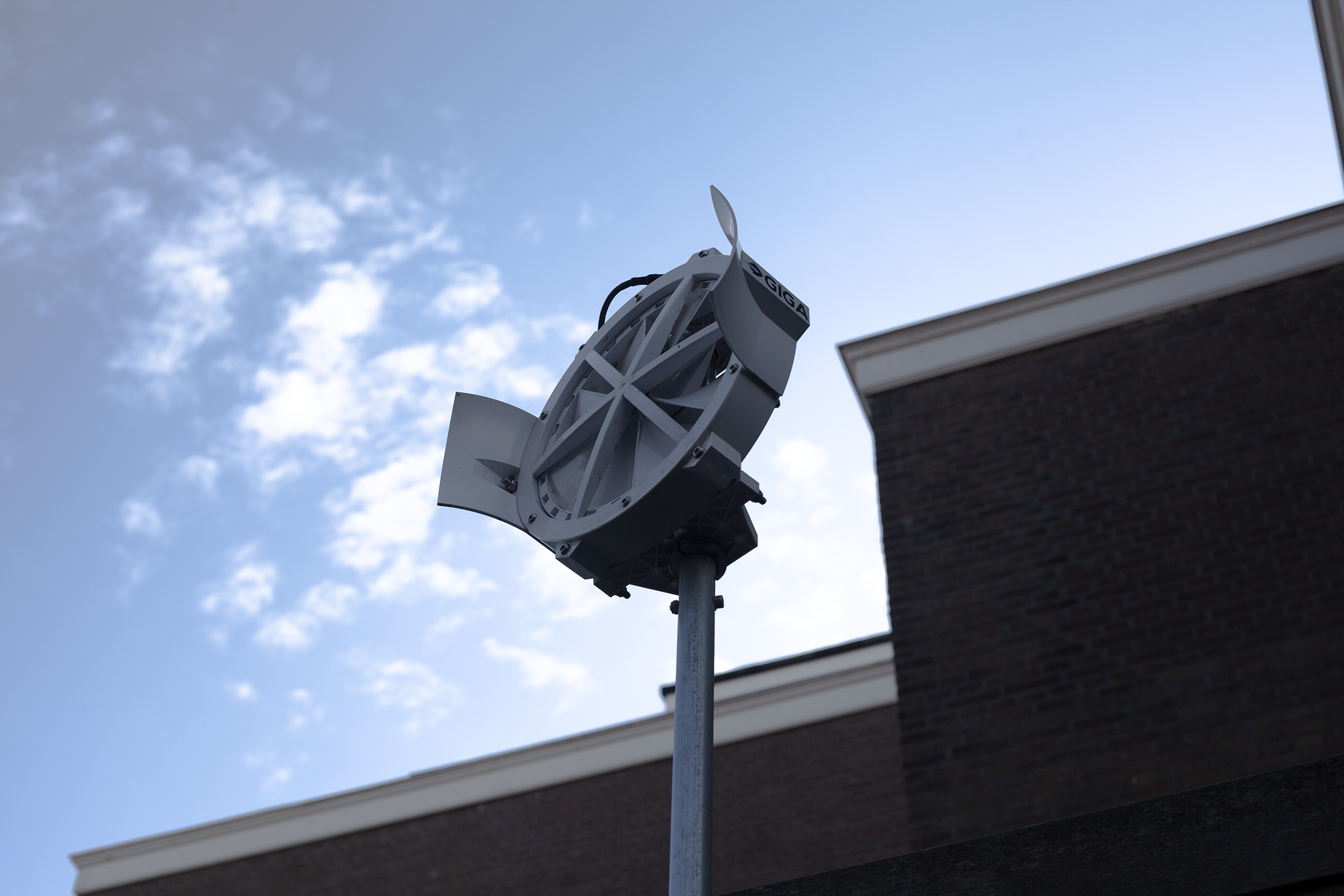

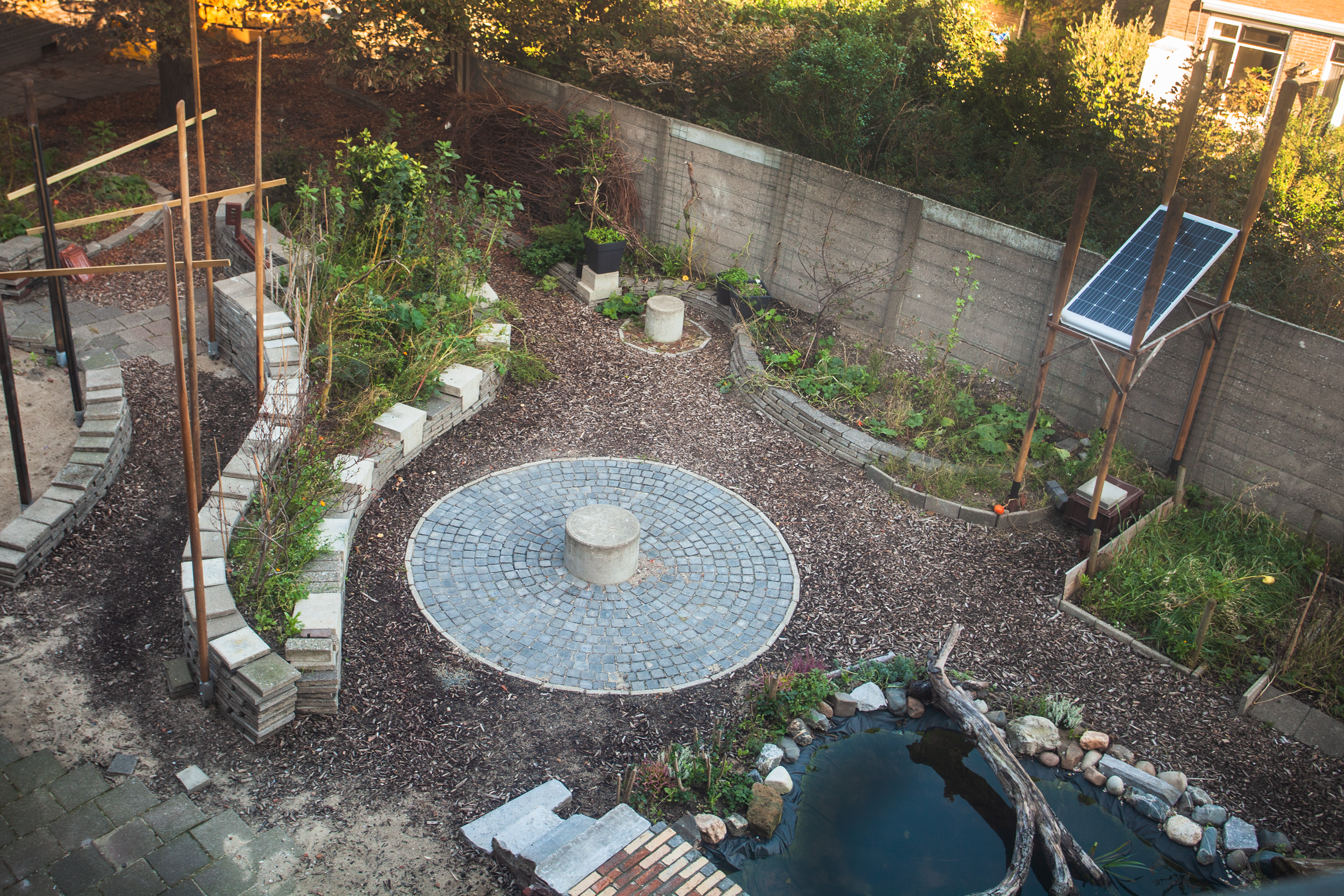





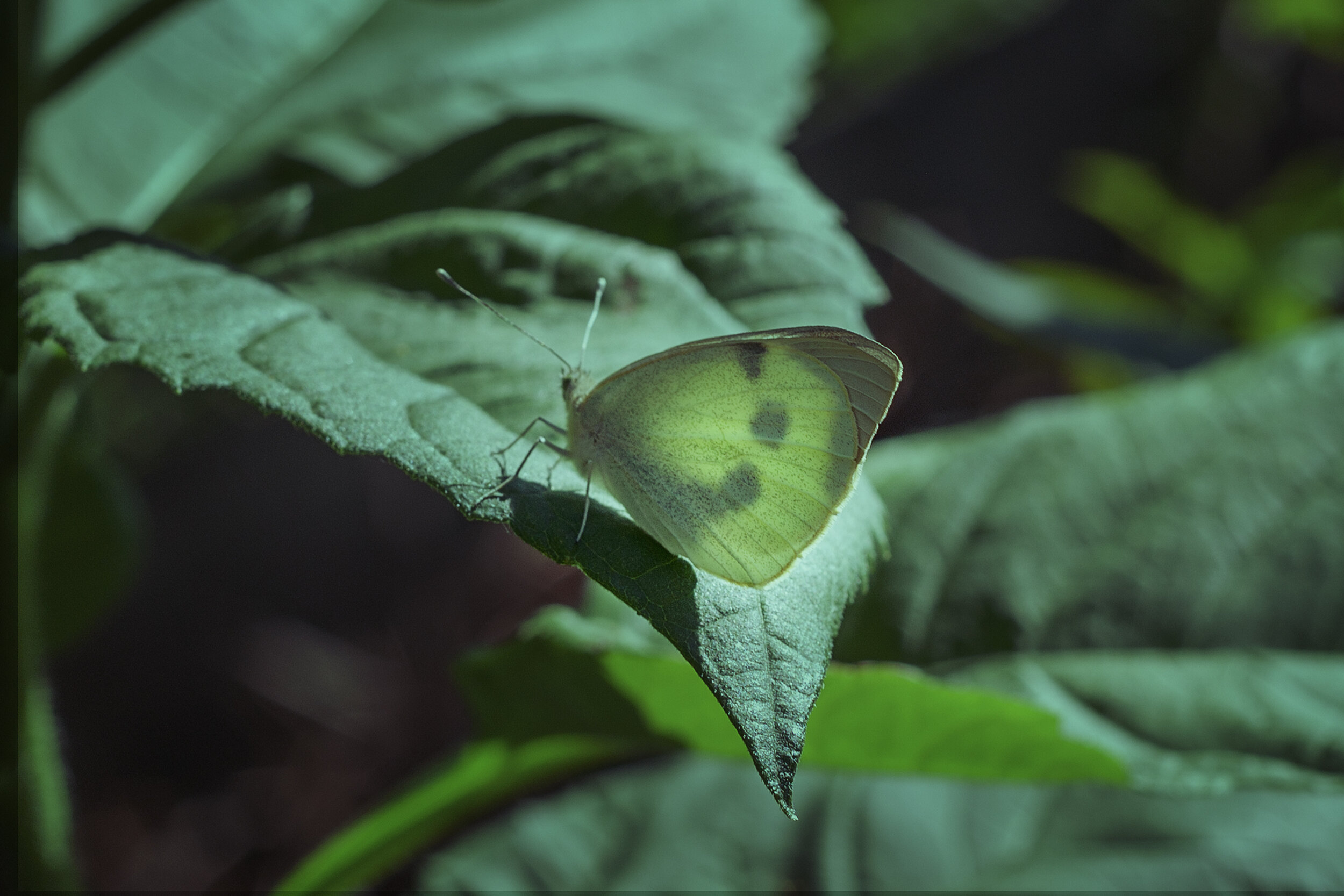



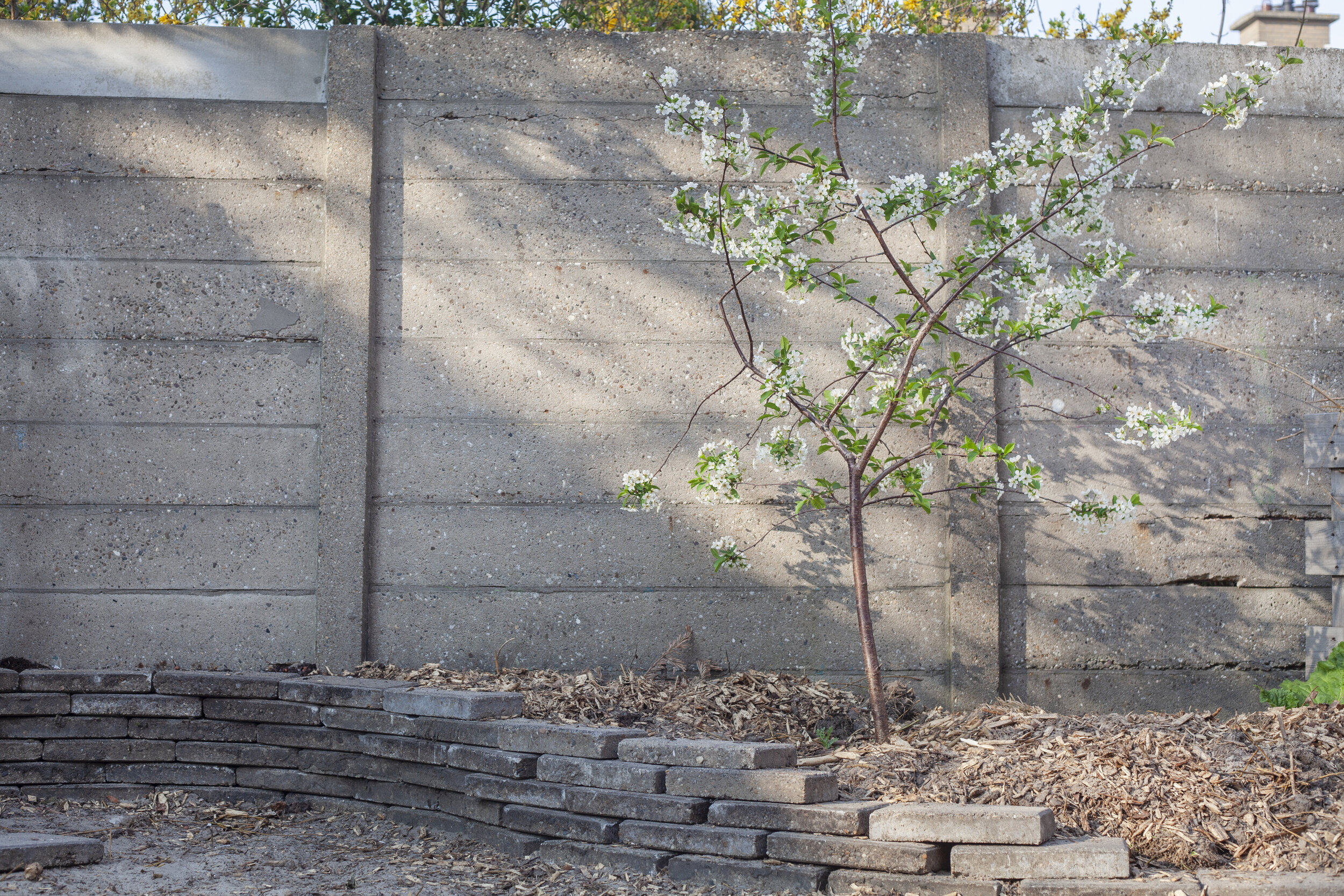
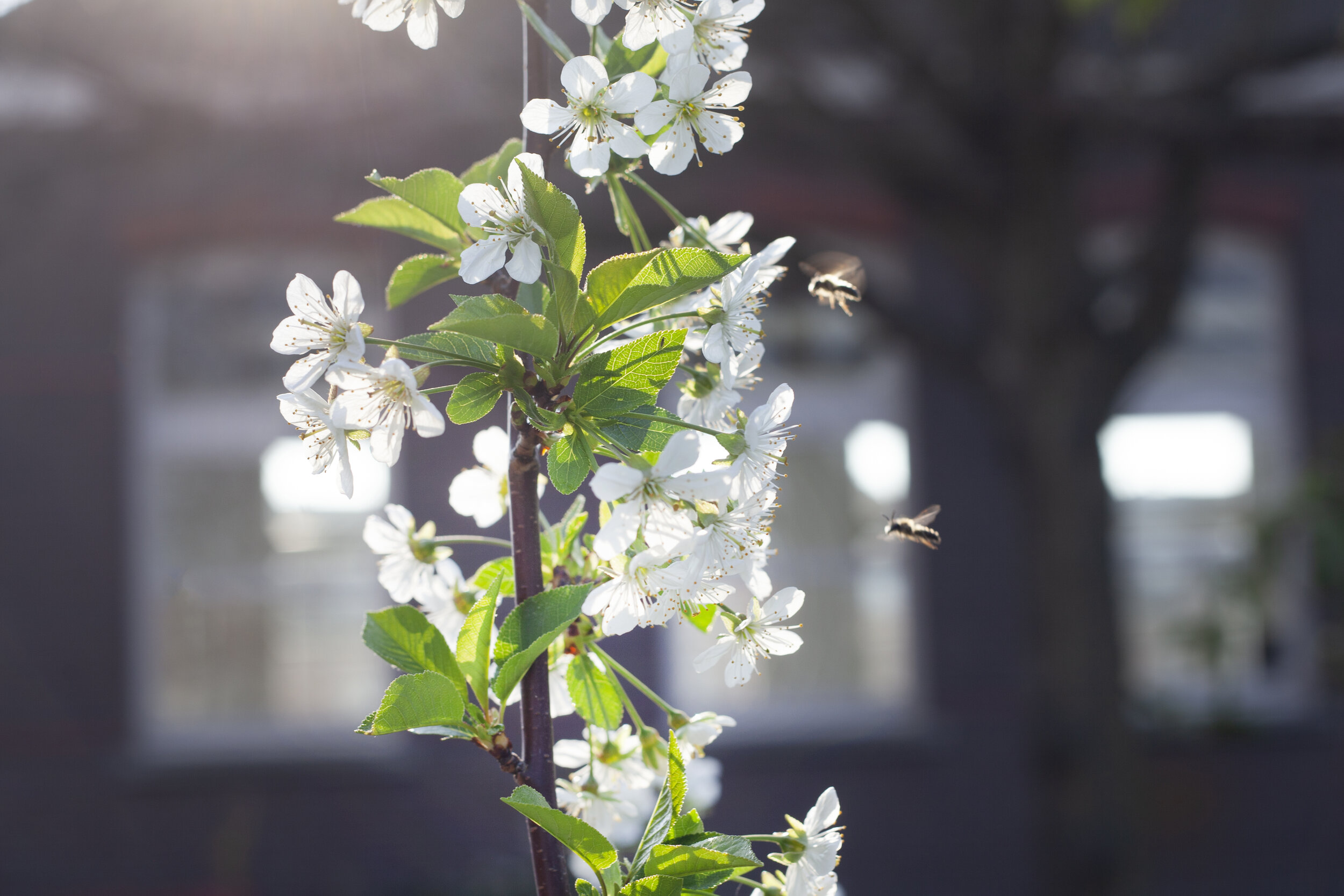
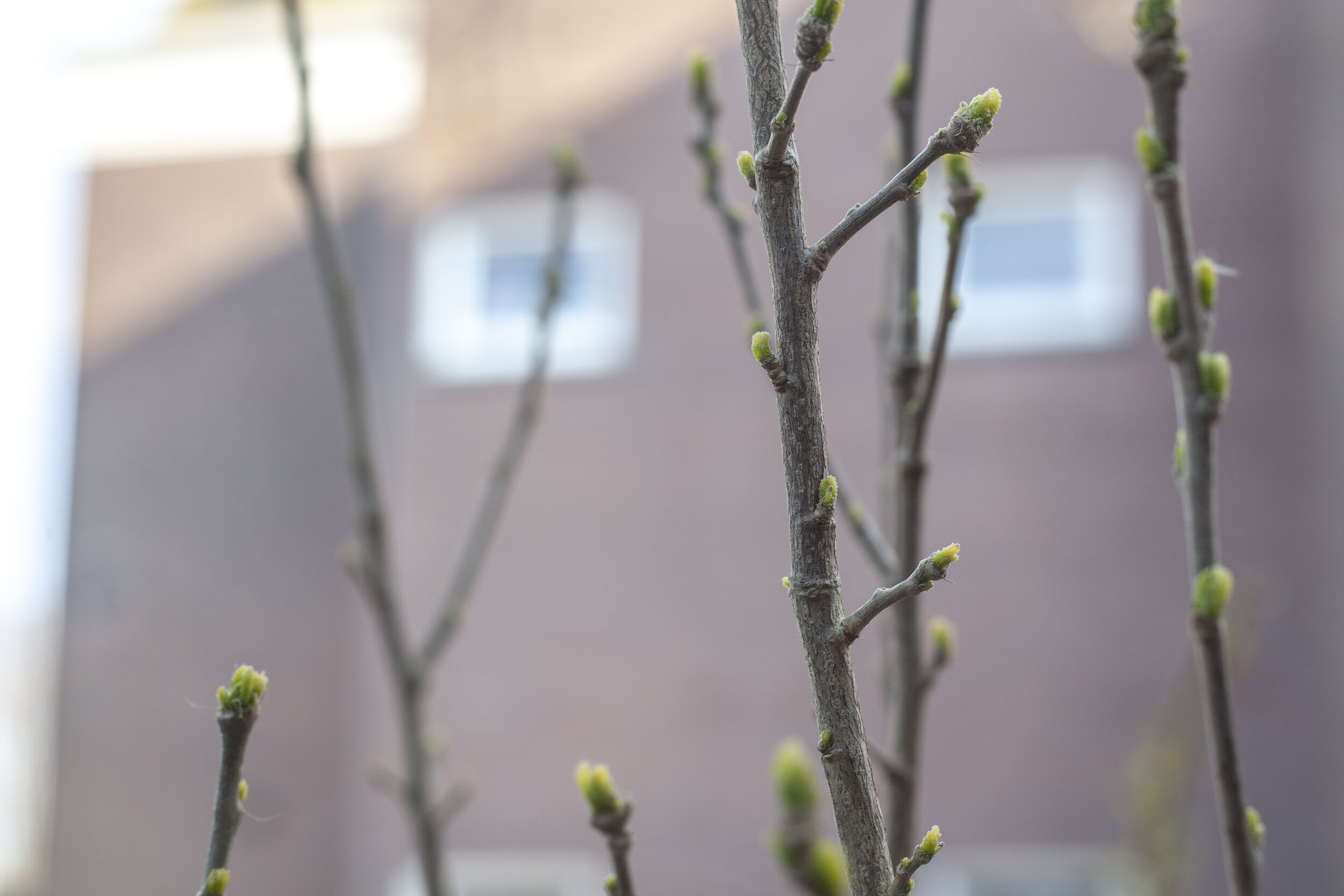
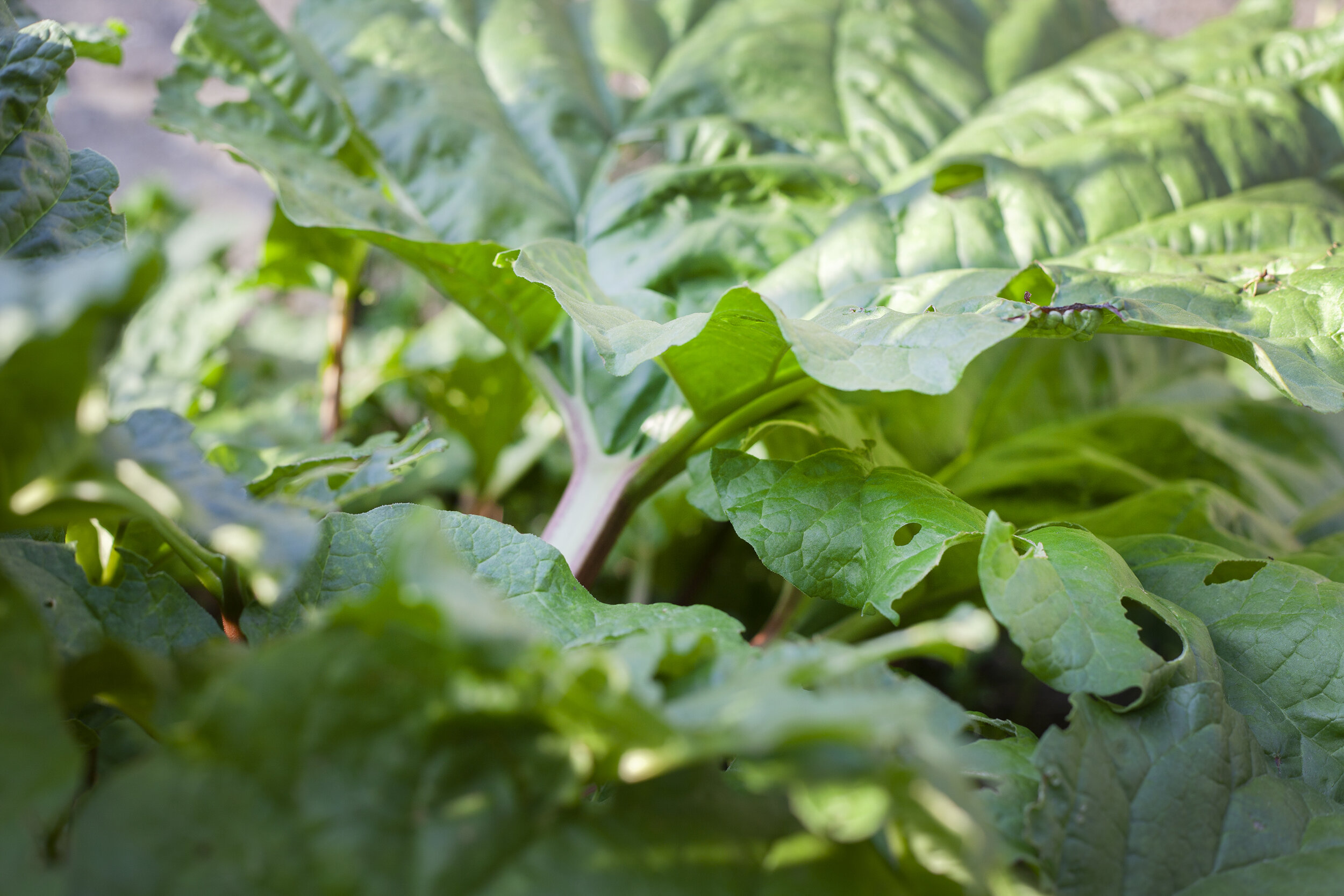
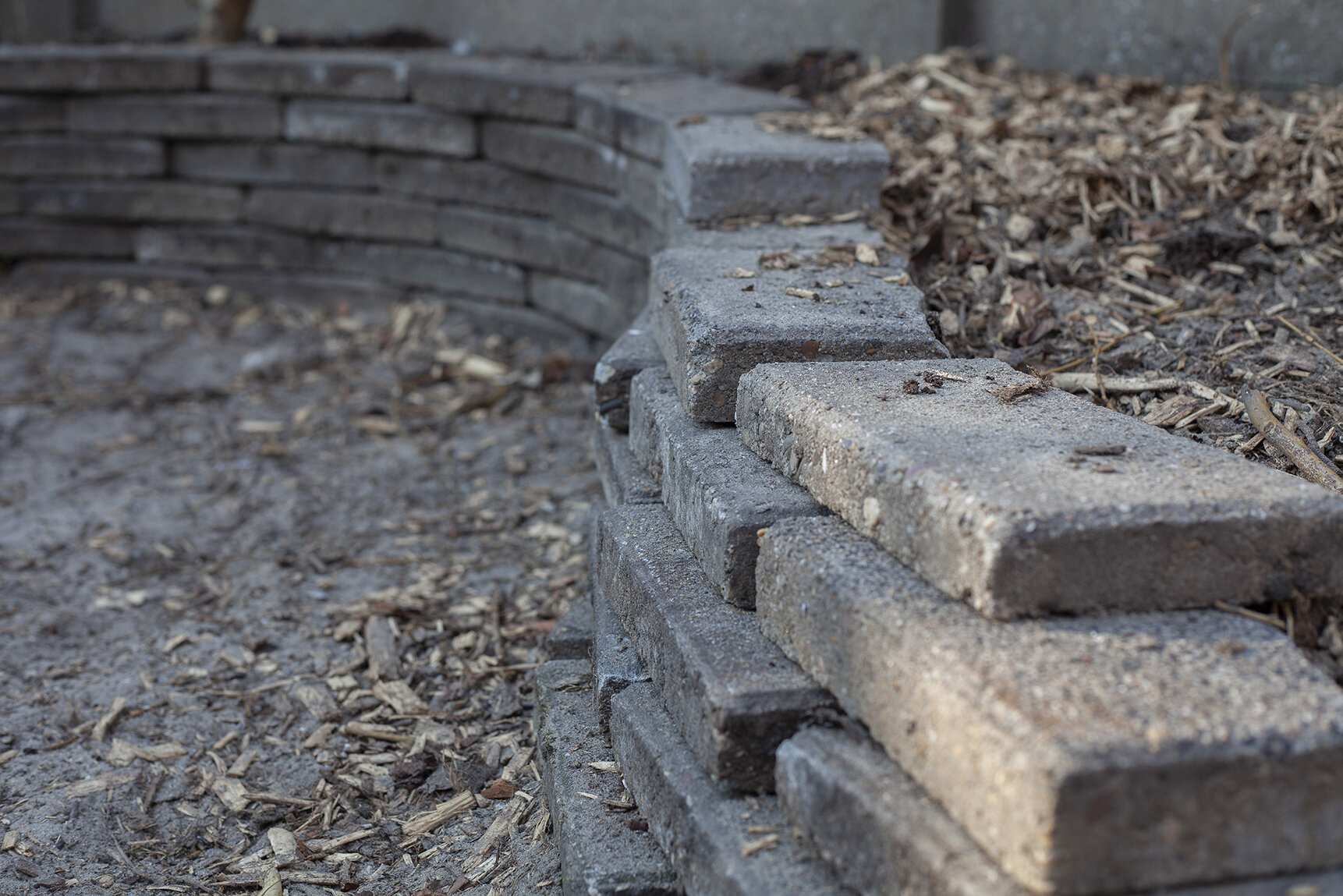
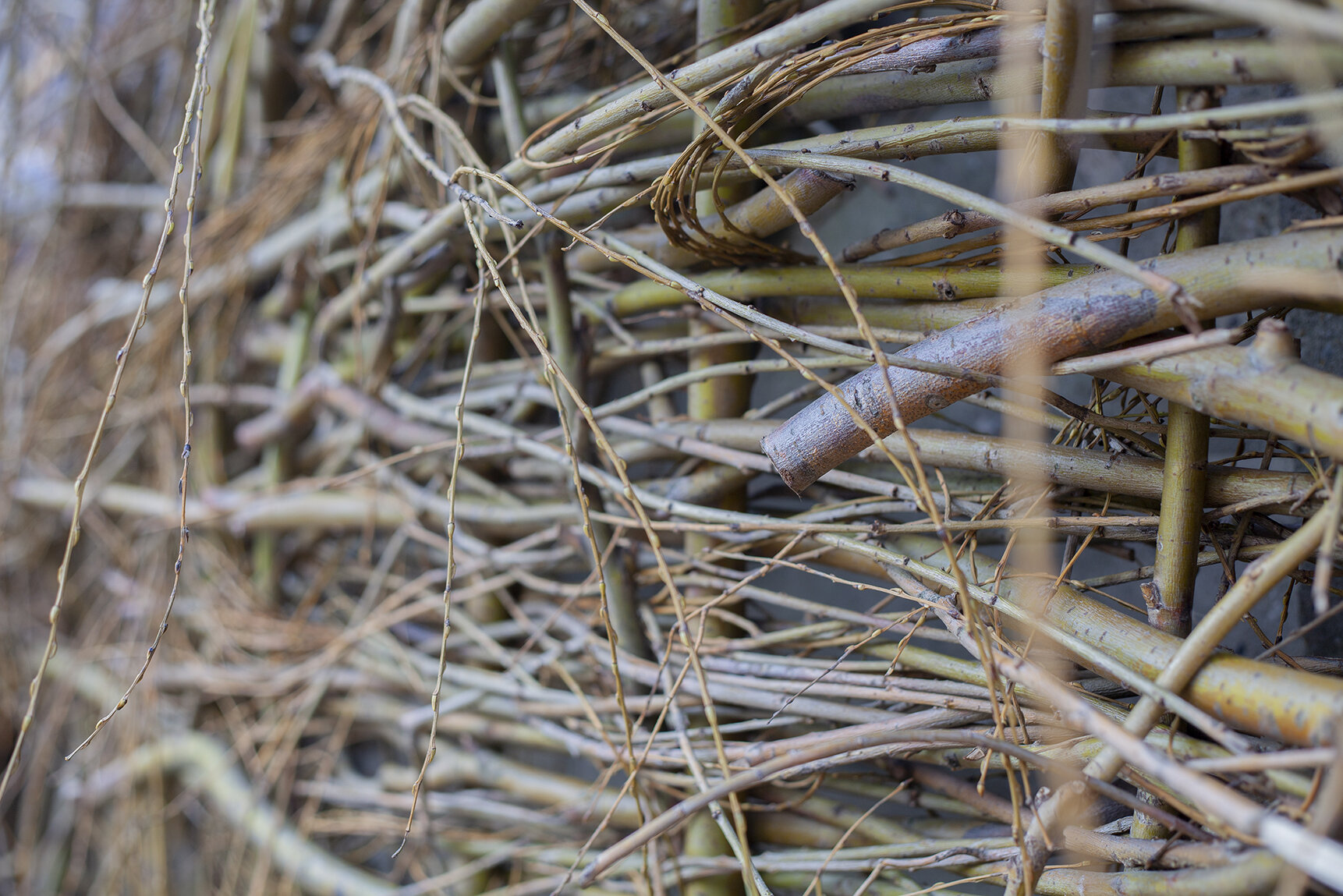
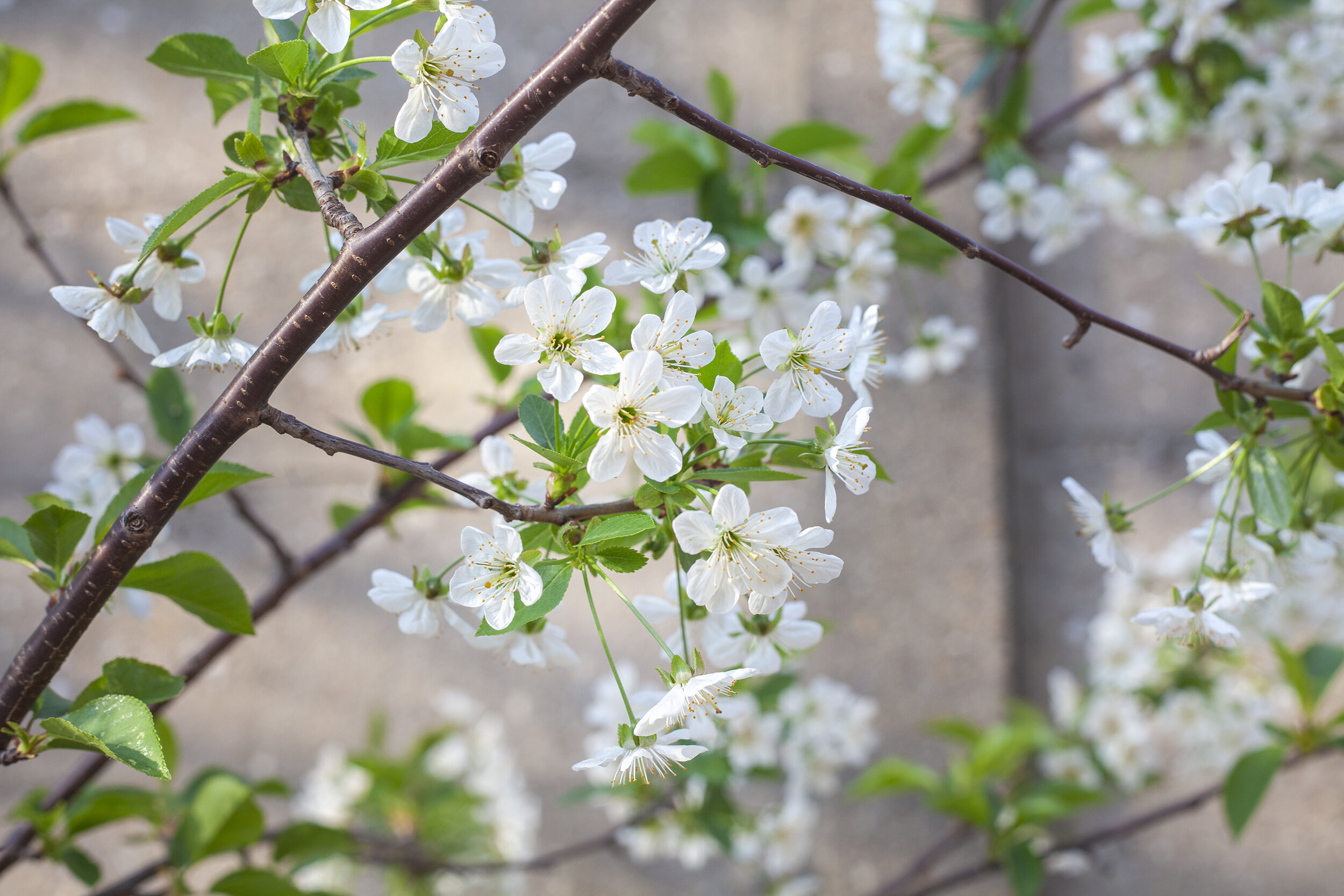
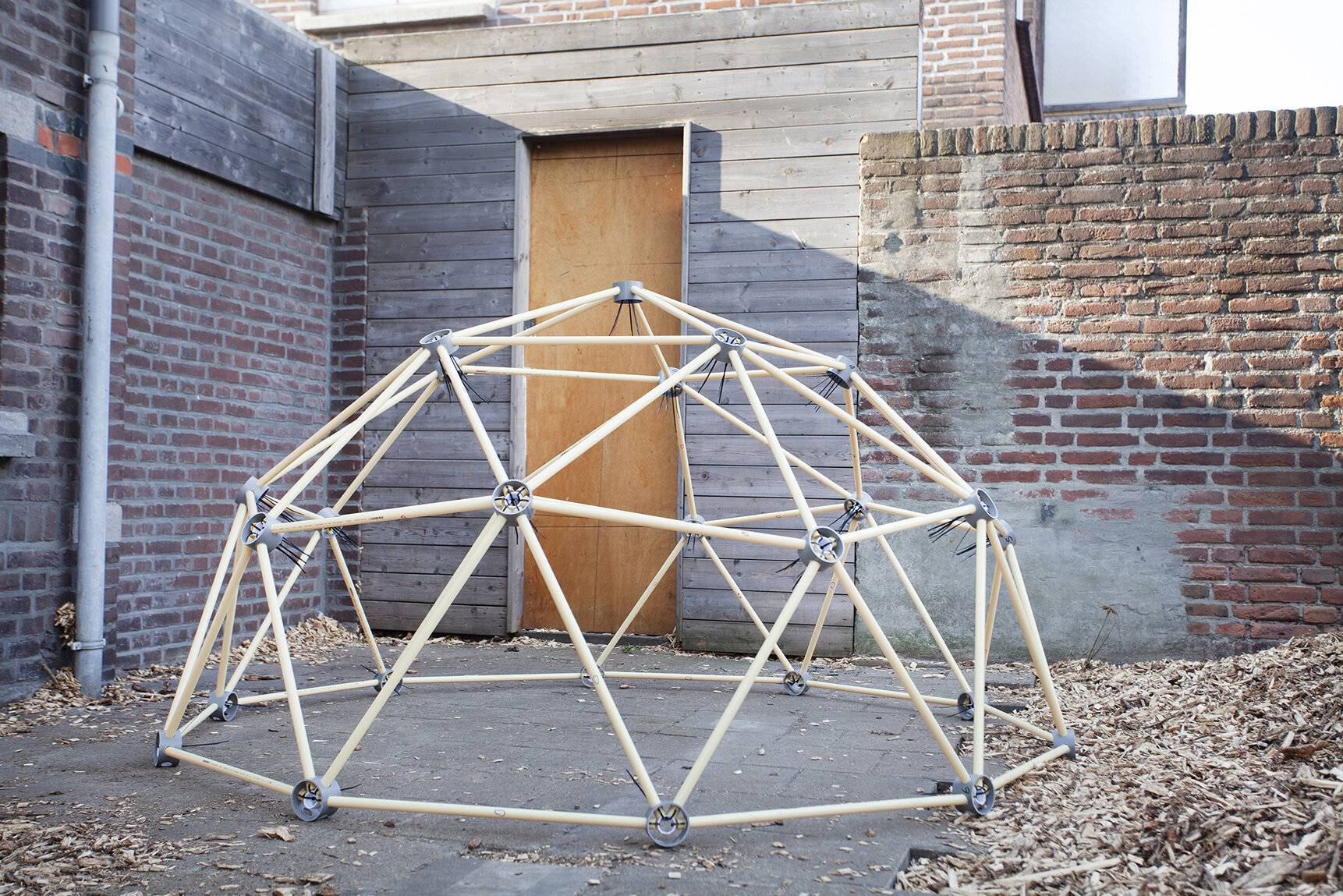
Our goals and benefits of building this garden:
Creating a green cohabitational area for art and nature in Scheveningen
Contribute to a better air quality - our plants and trees filter pollutants and dust from the air
Contribute to decreasing the urban heat island effect
Provide opportunities for relaxation, social contact and recreation, and increases health and well-being by opening our garden at public events
Helping to intercept the water runoff and providing water retention
Promote biodiversity by providing habitats for flora and fauna
Creating habitats and food sources for (endangered) insects, birds and small animals (for example the House Sparrow)
Our resources:
A team of about 10 to 15 handy "See Labbers" who are eager to make this transformation happen, together with our driven head of the garden committee, Jorick de Quaasteniet.
Collection of compost in the form of leaves and green waste.
photos: Anke van den Berg

